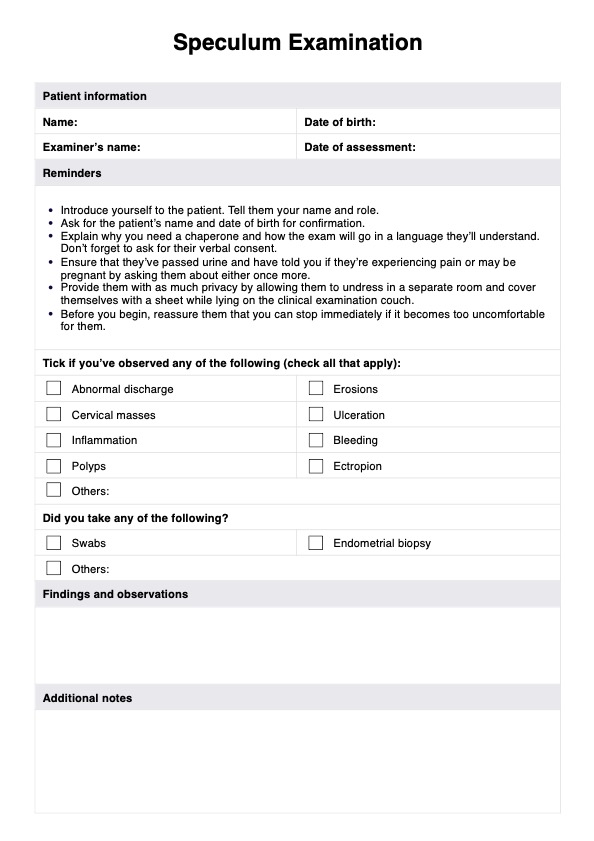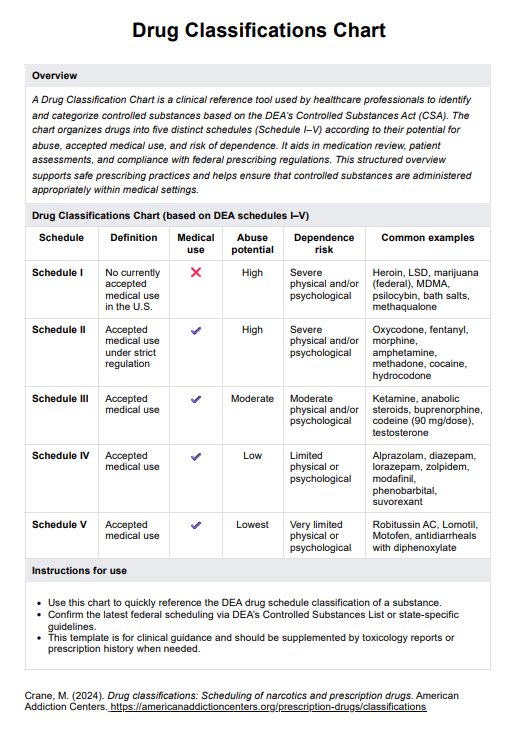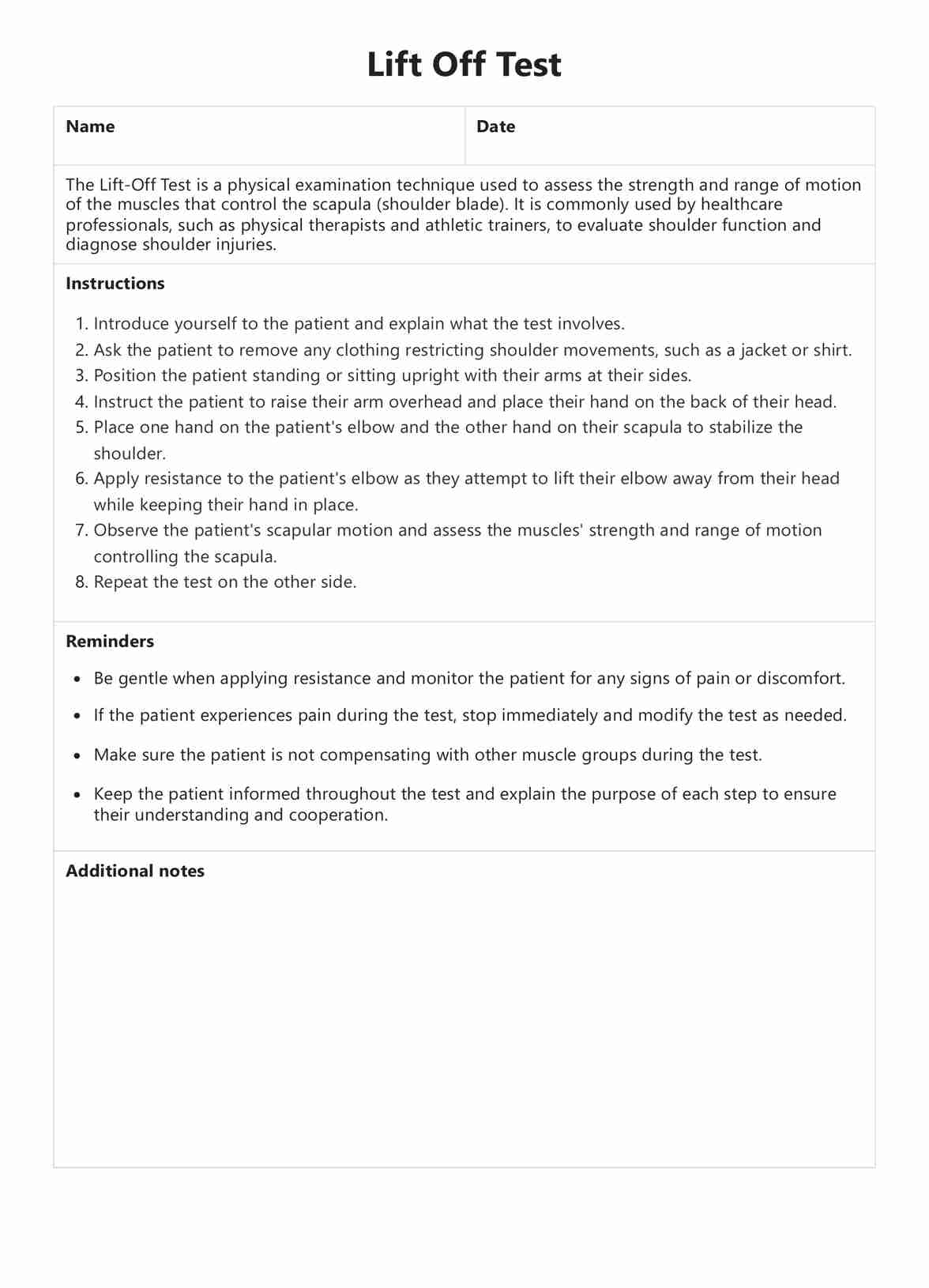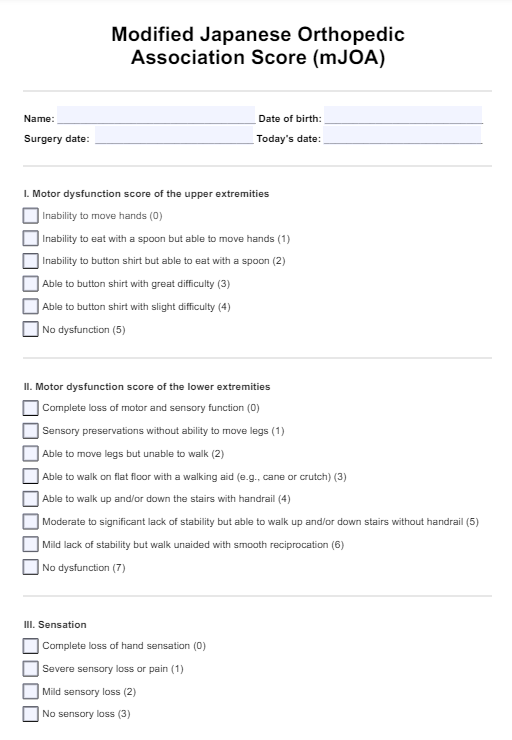Health care professionals such as obstetrician-gynecologists are the ones who may benefit from our speculum exam template the most.

Speculum Exam
Are you going to conduct a pelvic exam? Utilize our speculum exam template to help you with exam reminders and recording test results.
Use Template
Speculum Exam Template
Commonly asked questions
You use the speculum exam template for a pelvic exam or pap smear. For specific instances when you must conduct this assessment, refer to the “When Would You Use this Template?” section above.
It assesses a patient’s vagina and cervix to check if there are any abnormalities that can lead to complications or conditions.
EHR and practice management software
Get started for free
*No credit card required
Free
$0/usd
Unlimited clients
Telehealth
1GB of storage
Client portal text
Automated billing and online payments











